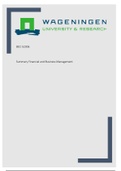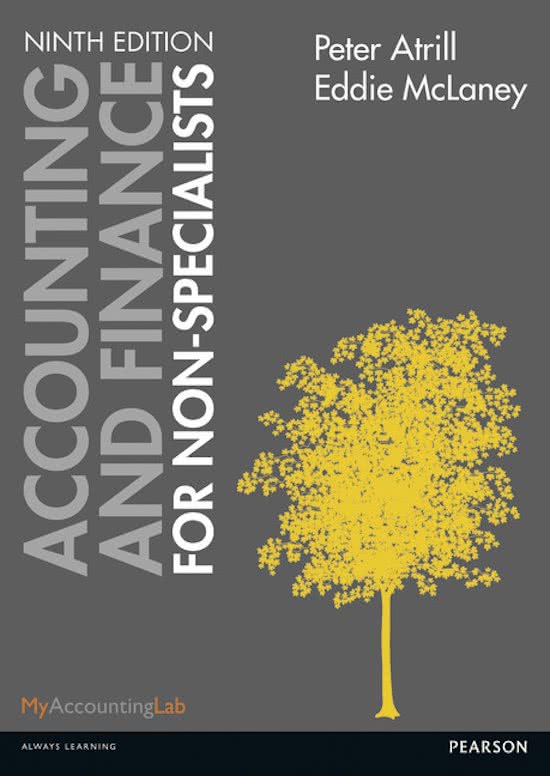Summary
Samenvatting Accounting and Finance for Non-Specialists 9th edn, ISBN: 9781292062716 Financial Business Management (BEC52306)
- Course
- Institution
- Book
This is a comprehensive summary of the course 'Financial and Business Management'. Substance from the various lessons and related literature have been incorporated into it. In addition, an example has been given several times for certain literature that can seem abstract for most students. When ...
[Show more]




